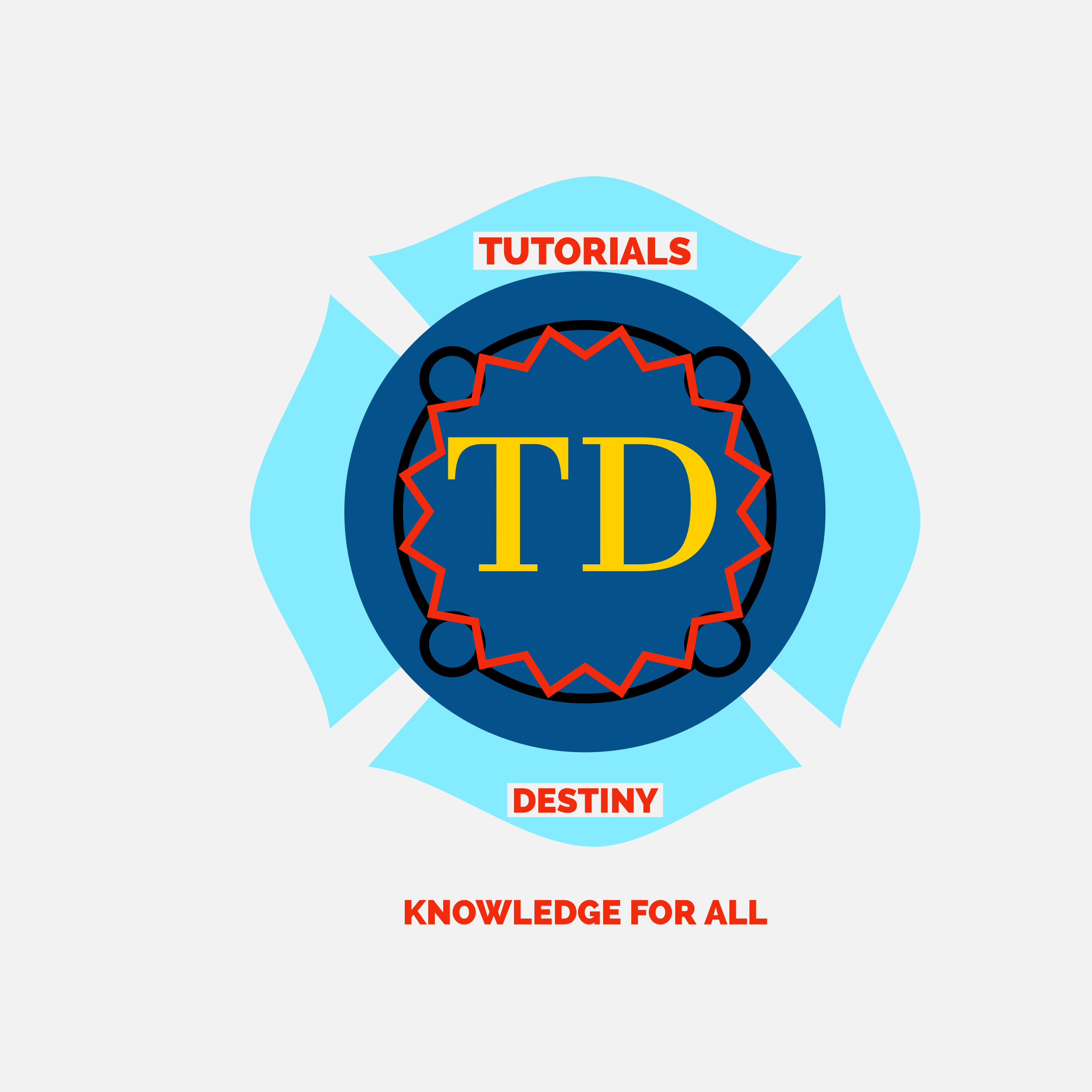Computer vision is a field of artificial intelligence (AI) and computer science that focuses on enabling computers to interpret and understand visual information from the real world, similar to how humans perceive and process visual data. It involves developing algorithms and techniques to extract meaningful insights, features, and representations from images or videos. Here’s an overview of computer vision:
Tasks in Computer Vision:
- Image Classification:
- Classifying images into predefined categories or classes based on their visual content.
- Example applications include identifying objects in images, recognizing handwritten digits, and detecting diseases in medical images.
- Object Detection:
- Detecting and localizing multiple objects within an image or video frame.
- Object detection algorithms typically output bounding boxes around detected objects along with their corresponding class labels.
- Object Recognition:
- Recognizing specific objects or instances within an image or video.
- Unlike object detection, which focuses on localization, object recognition aims to identify objects without explicitly localizing them.
- Semantic Segmentation:
- Assigning semantic labels to every pixel in an image, dividing the image into meaningful segments or regions.
- Semantic segmentation is useful for tasks such as scene understanding, image editing, and autonomous driving.
- Instance Segmentation:
- Similar to semantic segmentation, but also distinguishing between different object instances within the same class.
- Instance segmentation algorithms provide pixel-level masks for each individual object instance in the image.
- Image Captioning:
- Generating natural language descriptions or captions for images, describing the content and context of the visual scene.
- Object Tracking:
- Tracking the movement and trajectory of objects over time in video sequences.
- Object tracking is important for applications such as surveillance, video analysis, and augmented reality.
- Face Recognition:
- Identifying and verifying the identity of individuals based on their facial features.
- Face recognition systems are used for biometric authentication, surveillance, and security applications.
Techniques and Algorithms:
- Deep Learning:
- Deep learning techniques, particularly convolutional neural networks (CNNs), have revolutionized computer vision by achieving state-of-the-art performance on various tasks.
- CNNs are capable of automatically learning hierarchical features from raw pixel data, enabling end-to-end learning without the need for handcrafted feature extraction.
- Convolutional Neural Networks (CNNs):
- CNNs are a class of deep neural networks specifically designed for processing grid-like data, such as images.
- They consist of multiple layers of convolutional, pooling, and fully connected layers, allowing them to learn hierarchical representations of visual features.
- Transfer Learning:
- Transfer learning involves leveraging pre-trained CNN models, such as VGG, ResNet, or MobileNet, trained on large-scale image datasets like ImageNet.
- By fine-tuning pre-trained models on specific tasks or datasets, transfer learning enables faster convergence and improved performance with less labeled data.
- Feature Extraction:
- Feature extraction techniques, such as SIFT (Scale-Invariant Feature Transform) and SURF (Speeded-Up Robust Features), are used to detect and describe key points and local features in images.
- These features are useful for tasks like image matching, object recognition, and image stitching.
Computer vision has diverse applications across various industries, including healthcare, automotive, retail, robotics, surveillance, augmented reality, and entertainment. Advances in computer vision algorithms and techniques continue to drive innovation and enable new capabilities in areas such as autonomous vehicles, medical imaging, facial recognition, and image-based search.
